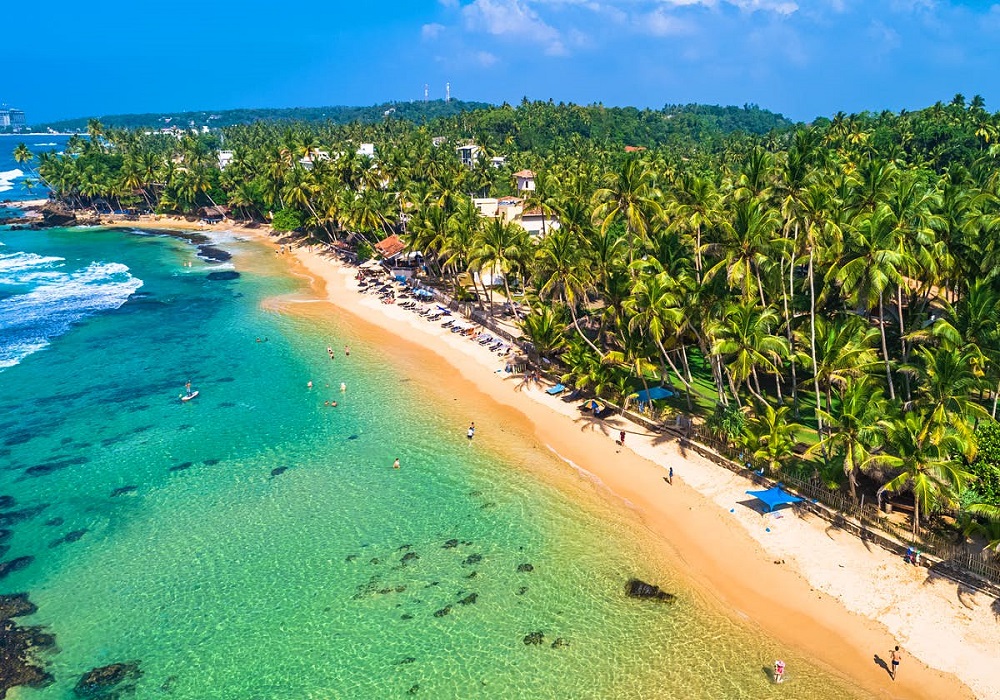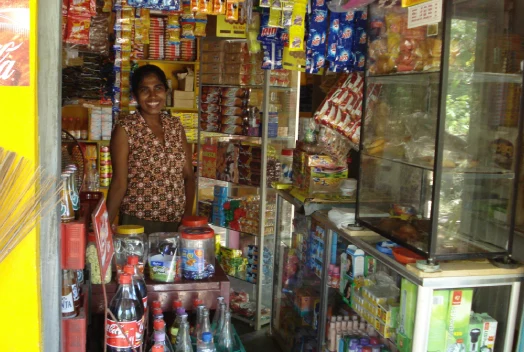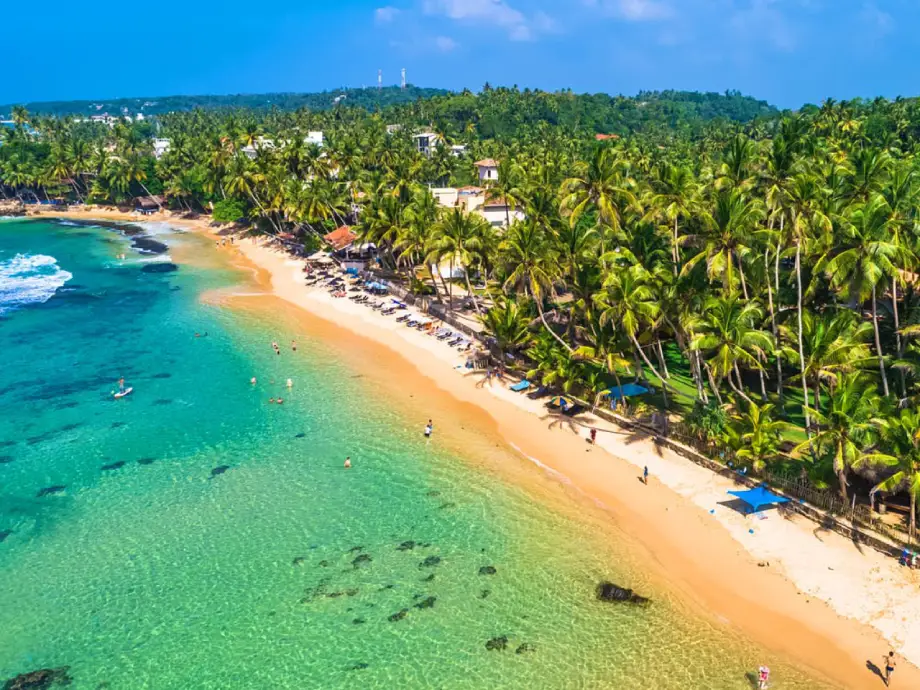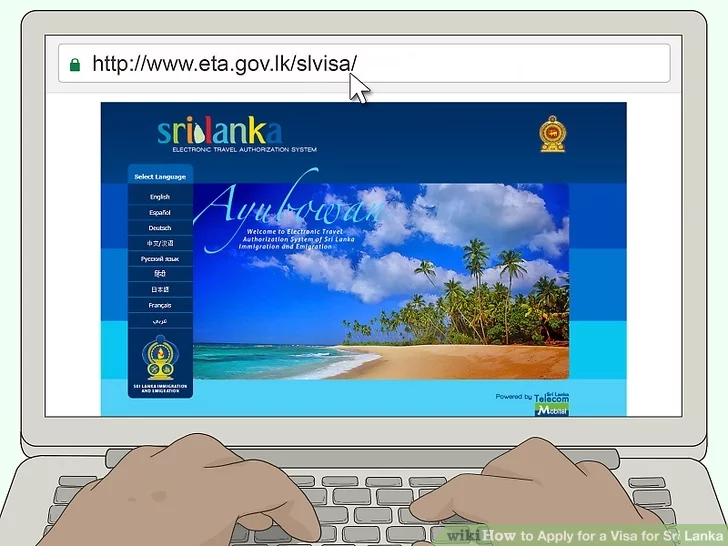- Home
- Important Information
Important Information
Ideal time for Sri Lanka visit? Discover the perfect season.
The best time to visit Sri Lanka largely depends on the specific regions and activities you plan to engage in during your trip. Sri Lanka has two primary monsoon seasons that affect different parts of the country at different times.
Peak Season (December to March): During these months, the west and south coasts, including popular destinations like Colombo, Galle, and Bentota, experience their dry season. This period is ideal for beach activities, water sports, and exploring coastal areas.
Shoulder Season (April to September): This period marks the inter-monsoon season, with sporadic rain showers and slightly fewer crowds. The east coast, including areas like Trincomalee and Arugam Bay, experiences its dry season from May to September. It’s a good time to visit these regions for beach activities, diving, and snorkeling.
Off-Peak Season (October to November): This period sees the arrival of the northeast monsoon, bringing more rain to the east coast and the cultural triangle (Sigiriya, Polonnaruwa, Anuradhapura). However, the southwest monsoon starts to recede, making it a transitional period for the west and south coasts.
Overall, if you wish to explore the entire country and engage in various activities, the best time to visit Sri Lanka is during the peak season from December to March when most regions experience dry weather. However, if you have specific interests like surfing on the east coast or prefer fewer crowds, the shoulder season can also be a good choice. It’s essential to check the regional weather conditions and plan accordingly based on your preferences.
To travel to Sri Lanka, most visitors need to obtain a visa. Here's an overview of the Sri Lanka travel visa process:
To travel to Sri Lanka, most visitors need to obtain a visa. Here’s an overview of the Sri Lanka travel visa process:
Electronic Travel Authorization (ETA): The most common type of visa for Sri Lanka is the Electronic Travel Authorization (ETA). It allows for short visits, including tourism, business meetings, and transit.
Application process: You can apply for an ETA online through the official Sri Lanka ETA website or through authorized travel agents. Fill out the application form with your personal details, travel information, and passport details.
Required documents: You will need a valid passport with at least six months of validity remaining, a digital passport-sized photograph, and proof of your return or onward travel arrangements. Some nationalities may require additional supporting documents, such as invitation letters for business visits.
Visa fee: There is a non-refundable fee associated with the ETA application. The fee amount varies depending on your nationality and the duration of your stay in Sri Lanka.
ETA approval: Once you submit your application and make the payment, your ETA will be processed. Typically, you will receive a confirmation email with the approved ETA. It is recommended to apply well in advance of your intended travel dates.
ETA validity: The ETA is valid for 30 days from the date of arrival in Sri Lanka. It can be extended for up to 6 months from the initial arrival date if needed.
Onward travel: Ensure that you carry a printout or digital copy of your approved ETA when traveling to Sri Lanka. You may be asked to present it at immigration along with your passport.
Please note that visa requirements and processes can change, so it is essential to check the official Sri Lankan government websites or consult with the nearest Sri Lankan embassy or consulate for the most up-to-date and accurate information regarding the travel visa process for Sri Lanka.
Travel smart in Sri Lanka
Weather
Sri Lanka experiences two primary monsoon seasons that affect different regions at different times. The weather can vary across the country, so it’s important to plan your visit accordingly. The dry season on the west and south coasts is generally from December to March, while the east coast has its dry season from May to September.


Transportation
Sri Lanka has a well-connected transportation network. Public buses, trains, and tuk-tuks (auto-rickshaws) are common modes of transportation. Private taxis and car rentals are also available for more convenience and flexibility.


Local Customs
Sri Lankan people are generally warm and hospitable. It’s polite to greet locals with a smile and be respectful of their customs and traditions. Learning a few basic phrases in the local language, such as “hello” (Ayubowan) and “thank you” (Sthuthiyi), can go a long way in building connections.




